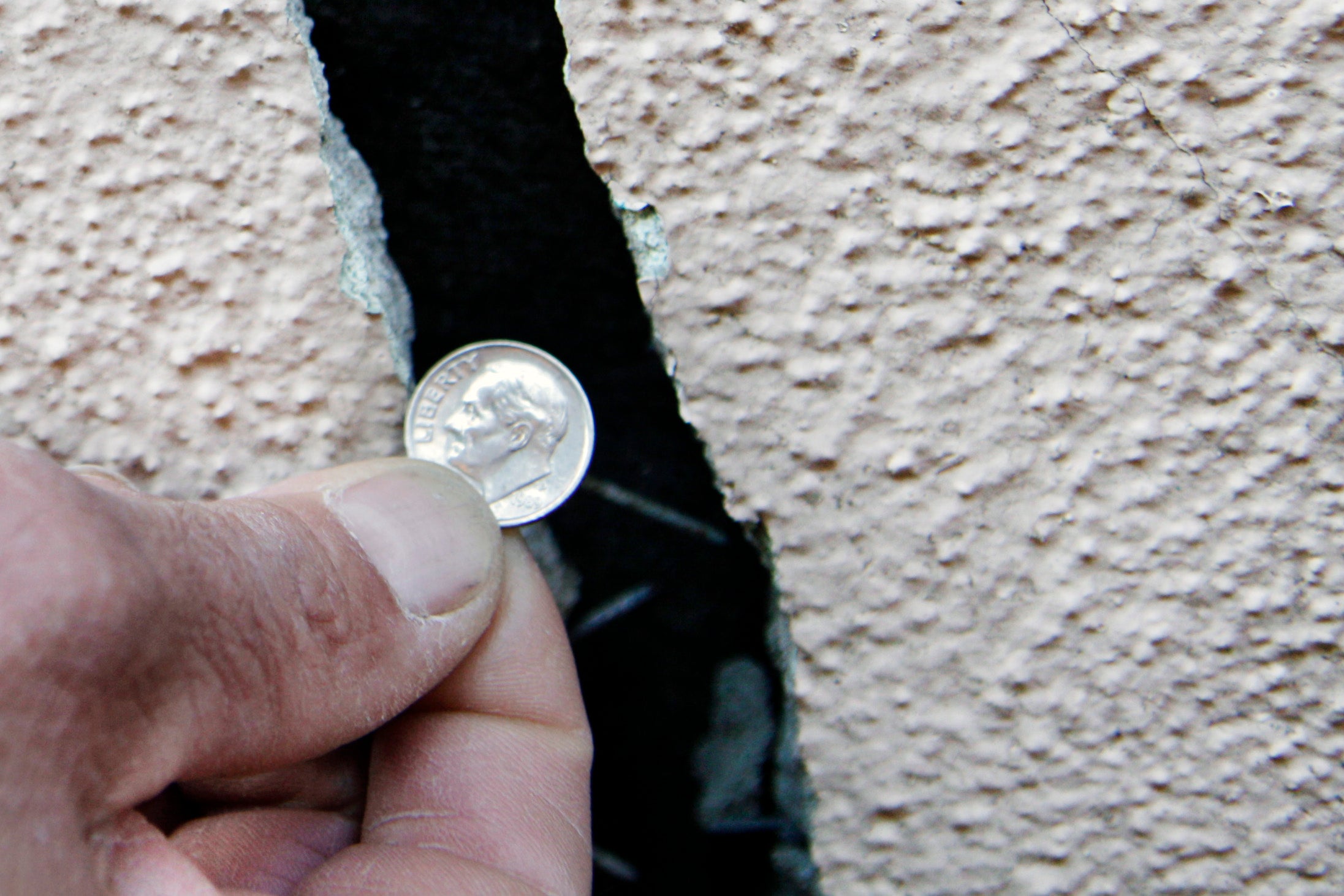Earthquake Roulette
Colorado, Texas and Oklahoma aren't historically known for earthquakes, but that’s all changing thanks to hydraulic fracking.

This page was published 11 years ago. Find the latest on Earthjustice’s work.
Colorado, Texas and Oklahoma aren't known for earthquakes, but that’s changing thanks to hydraulic fracking. Fracking-triggered earthquakes may become stronger and more frequent as the wastewater is injected underground, according to new research. Enormous amounts of wastewater are produced from the fracking process, and underground injection of wastewater is the most commonly used disposal technique. Each time a new well is fracked, the stakes grow higher.
The process of hydraulic fracking demands millions of gallons of water per well. The water is mixed with hundreds chemicals and injected under high pressure into the earth’s crust; releasing oil and gas within the geologic formation. Once the surface pressure is abated, the water again returns to the surface carrying with it petroleum, heavy metals, salt and radionucelotides.
The wastewater is so contaminated that some water treatment facilities refuse to take it. High salt content, radioactive materials and undisclosed chemicals used in the process make it nearly impossible to remove all the contaminants. Underground injection is widely used as a disposal technique, with increasing reports of causing seismic activity. In Oklahoma, wastewater injection wells triggered a cascade of earthquakes leading to the largest recorded quake in Oklahoma history – measuring 5.7 on the Richter scale.
Tremors in Texas have been linked to wastewater injection from natural gas extraction. Before the fracking boom, the Dallas-Fort Worth region only experienced 1 known earthquake, and since 2008, there have been over 70 quakes big enough to feel. United States Geological Survey admits that wastewater disposal needs to be considered as a societal risk, especially in areas like New Mexico and Colorado, where the number of earthquakes has increased nearly twenty-fold in the past decade. Conclusions blatantly pointed to oil and gas operations causing the majority, if not all, of the quakes.
Wastewater disposal operations near faults are becoming an increasing area of concern, even in states where seismic activity is considered to be minor. Nuclear power plants, gas lines, water lines, and dams all pose risks if a quake is induced. It’s simply impossible to predict where wastewater injection may increase the risk of an earthquake – since fault mapping remains incomplete. As pressure builds in these disposal wells, pushing up against faults, it makes wastewater injection a dangerous game of roulette.
The California Regional Office fights for the rights of all to a healthy environment regardless of where in the state they live; we fight to protect the magnificent natural spaces and wildlife found in California; and we fight to transition California to a zero-emissions future where cars, trucks, buildings, and power plants run on clean energy, not fossil fuels.